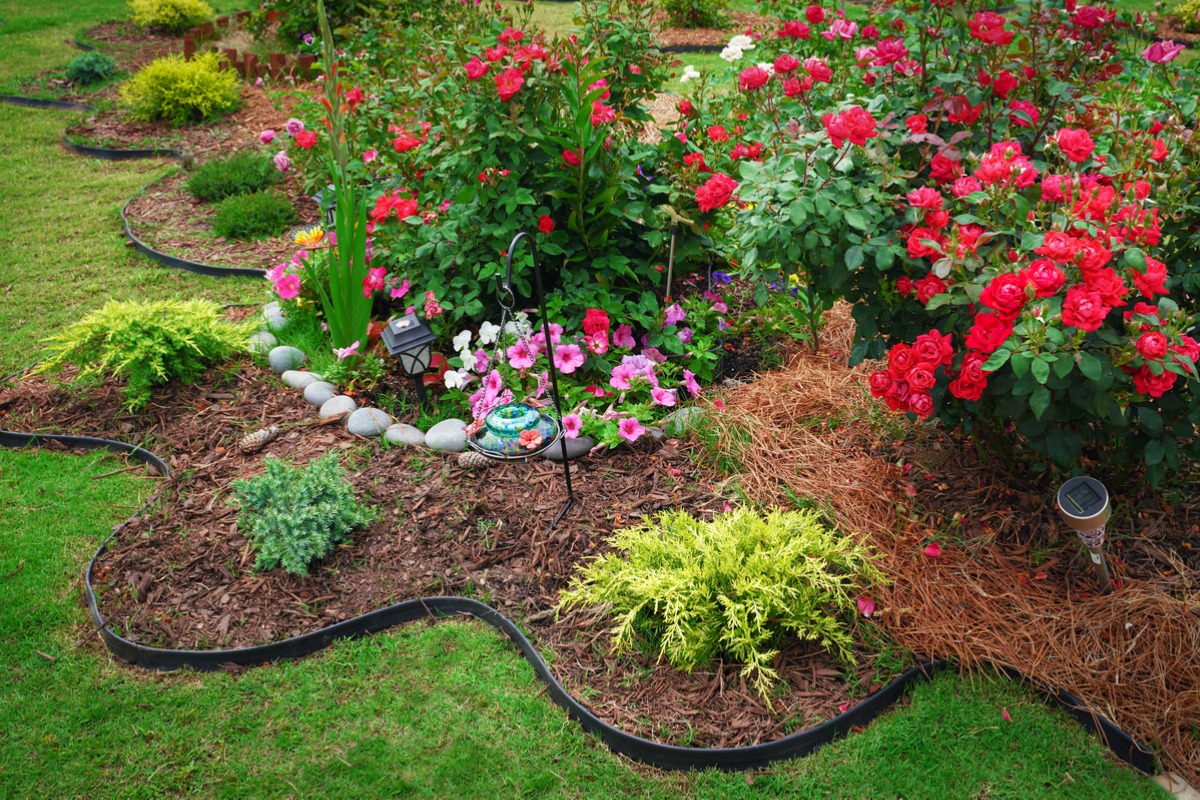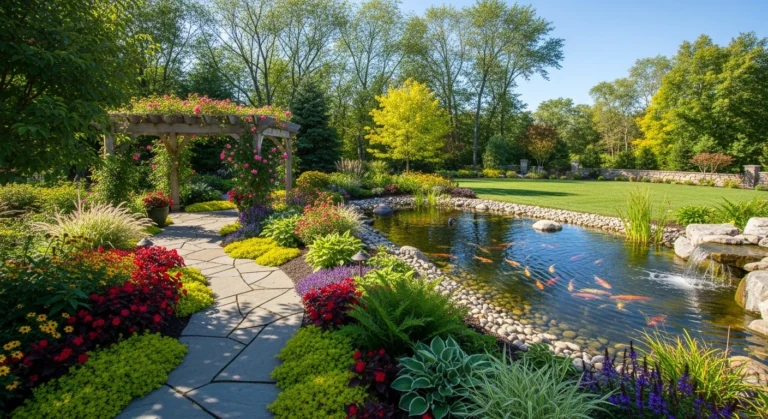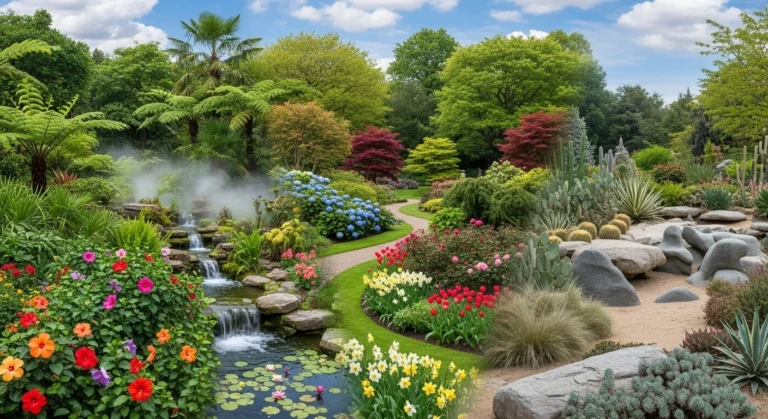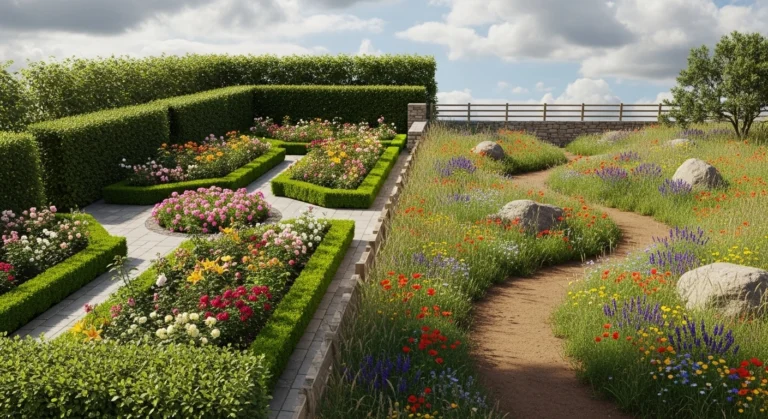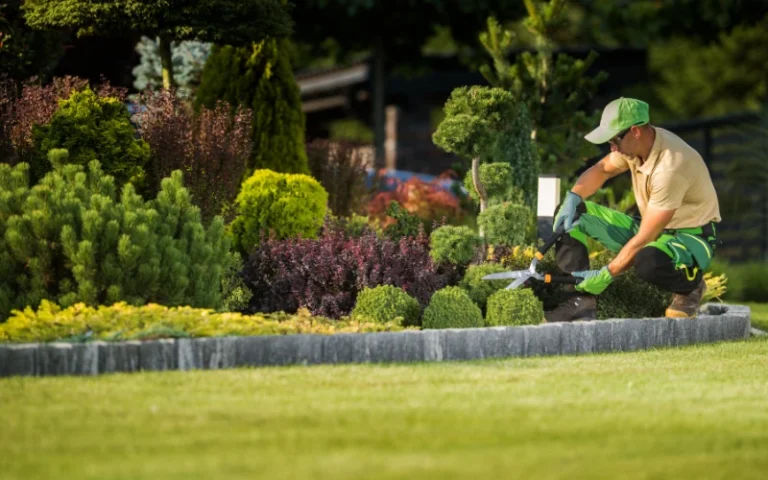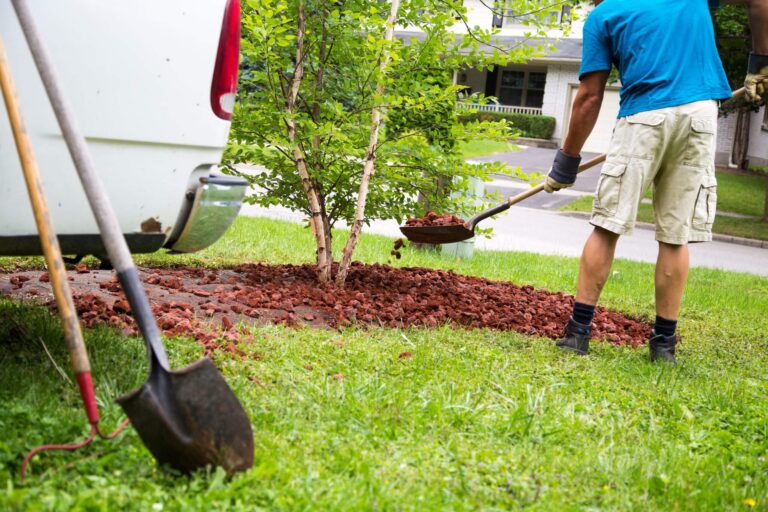I’ll never forget the Saturday morning I stood in my backyard, coffee in hand, staring at what could only be described as a landscaping disaster. My expensive shrubs were dying, the fancy pavers I’d installed were already shifting, and my kids refused to play in a yard that looked like a construction zone. Sound familiar? If you’ve ever felt that sinking feeling when your outdoor dreams turn into an expensive nightmare, you’re definitely not alone.
Here’s what I wish someone had told me before I wasted three years and way too much money on trial and error: successful landscaping isn’t about having the biggest budget or the most exotic plants. It’s about understanding your space, being realistic about your lifestyle, and following a proven process that actually works. After helping my neighbors fix their own yard disasters and eventually starting my own landscaping business, I’ve learned that the most stunning outdoor spaces come from smart planning, not deep pockets.
Getting Real About Your Outdoor Space
Taking an Honest Look at What You’ve Got
Before you get swept away by those gorgeous Pinterest boards (trust me, I’ve been there), you need to spend some quality time actually observing your yard. I mean really watching it – not just glancing out the window while you’re doing dishes.
Walk around your property during different parts of the day and notice things that might surprise you. That spot you thought was sunny all day? It’s actually in shade by 2 PM. That area where you wanted to put a vegetable garden? It turns into a swamp every time it rains.
What you absolutely need to figure out:
I learned this lesson the hard way when I planted $200 worth of sun-loving perennials in what turned out to be deep shade. Don’t be me – spend a few weeks really getting to know your space before you make any major moves.
Setting Goals That Won’t Drive You Crazy
Look, I get it. When you’re scrolling through Instagram looking at those magazine-perfect yards, it’s easy to want everything at once. But here’s the thing that nobody talks about: trying to create your dream landscape overnight is a recipe for frustration, bankruptcy, and arguments with your spouse.
Start by writing down what’s actually driving you nuts about your current situation. Is it the fact that your kids have nowhere safe to play? Are you embarrassed when neighbors walk by? Do you dream of hosting backyard parties but have nowhere for people to sit?
Questions that’ll help you stay sane:
I always tell my clients to pick their top three priorities and focus on those first. You can always add more later, but trying to do everything at once usually means doing nothing well.
Designing Your Personal Paradise
Creating Spaces That Actually Work for Your Life
This is where the magic happens – turning your yard into rooms that your family will actually use instead of just admire from the kitchen window. Think about how you really live, not how you think you should live.
If you’re honest with yourself, do you really need that formal dining area outdoors, or would you rather have a cozy fire pit where you can roast marshmallows with the kids? Are you actually going to maintain that elaborate flower garden, or would you prefer something that looks amazing but doesn’t require weekend slavery?
The zones that make outdoor living actually work:
Don’t forget about the flow between spaces – if people have to hop over flower beds to get to the patio, they won’t use it. Create natural pathways that make sense for how you actually move through your yard.
Choosing Plants That Won’t Break Your Heart
This is probably where I see the most tears from homeowners. There’s nothing quite like the disappointment of watching expensive plants slowly die despite your best efforts. The truth is, most plant failures aren’t about having a “black thumb” – they’re about putting the wrong plant in the wrong place.
My foolproof plant selection strategy:
Native plants are usually your best bet because they’ve evolved to handle your local climate without babying. Plus, they support local wildlife, which makes you feel good about your environmental impact. The bonus? They typically need less water, fewer chemicals, and less fussing once they’re established.
Planning the Bones of Your Landscape
Here’s something that took me years to figure out: the most important parts of your landscape are the ones you can’t see. I’m talking about drainage, grading, and all the boring infrastructure stuff that nobody wants to think about but everyone regrets skipping.
The unglamorous essentials that save you heartache:
I know it’s tempting to skip ahead to the fun stuff, but trust me on this one. Fixing drainage problems after you’ve planted everything is like doing surgery through a keyhole – possible, but painful and expensive.
Making It Happen Without Losing Your Mind
Timing Your Project So You Don’t Hate Life
The biggest mistake I see homeowners make is trying to transform their entire yard in one weekend. Even if you had unlimited money and energy, plants don’t work that way. They need time to establish, and you need time to see how your design actually works in real life.
A timeline that won’t destroy your sanity:
Start your project in spring or fall when both you and your plants will be happier. Summer installations are brutal for everyone involved, and winter work is just asking for problems. Plus, plants establish much better when they’re not dealing with extreme temperatures.
Knowing When to Call for Backup
I’m all for DIY projects, but some things are worth paying for to avoid disaster. After watching friends struggle with projects that were beyond their skill level, I’ve learned to recognize when professional help is actually cheaper in the long run.
Definitely hire someone for:
Perfect for weekend warriors:
Don’t let pride cost you money or safety. I’ve seen too many “simple” projects turn into insurance claims because someone bit off more than they could chew.
Keeping Your Investment Beautiful
Creating Maintenance Routines That Don’t Suck
Even the most low-maintenance landscape needs some TLC to stay looking good. The trick is setting up systems that work with your lifestyle instead of against it. If you hate weeding, design around that. If you travel a lot, choose plants that can handle neglect.
Maintenance that actually gets done:
The goal isn’t a perfect landscape – it’s a beautiful one that fits your life. Some weeks you’ll have time for detailed care, other weeks you’ll barely manage to keep things watered. Design for the busy weeks, and enjoy the extra attention when you have time.
Your landscape is going to change and evolve, just like your family. What works for you now might need adjustments in a few years, and that’s perfectly normal. The key is creating a foundation that can adapt as your needs change, whether that’s accommodating new kids, aging parents, or just different priorities.

